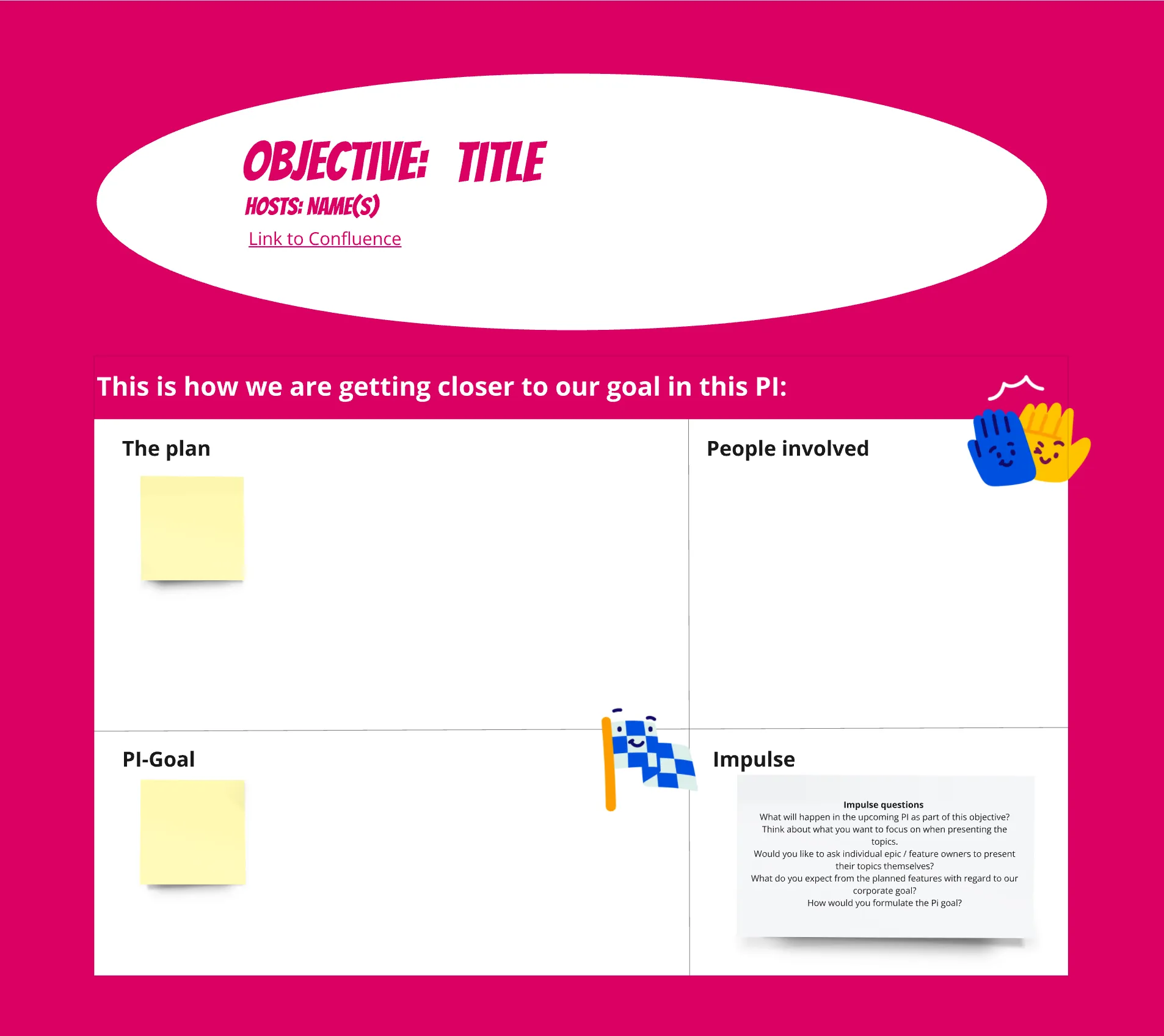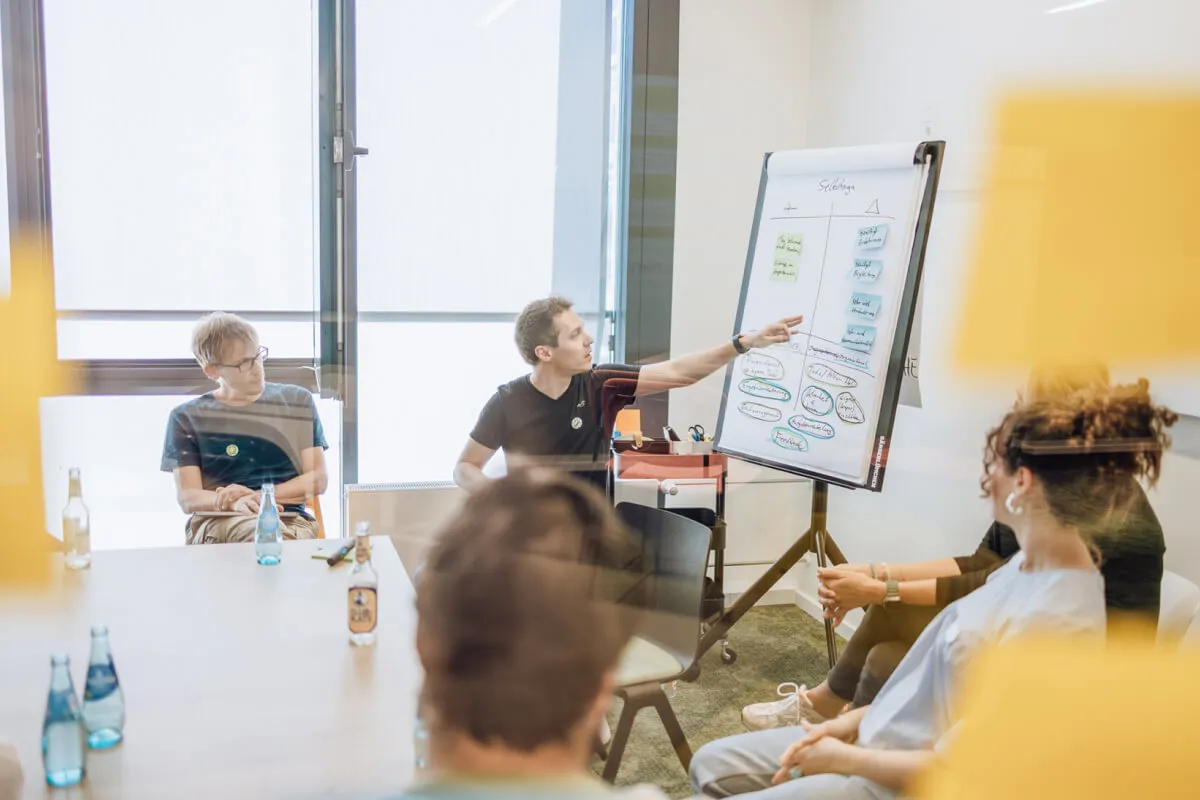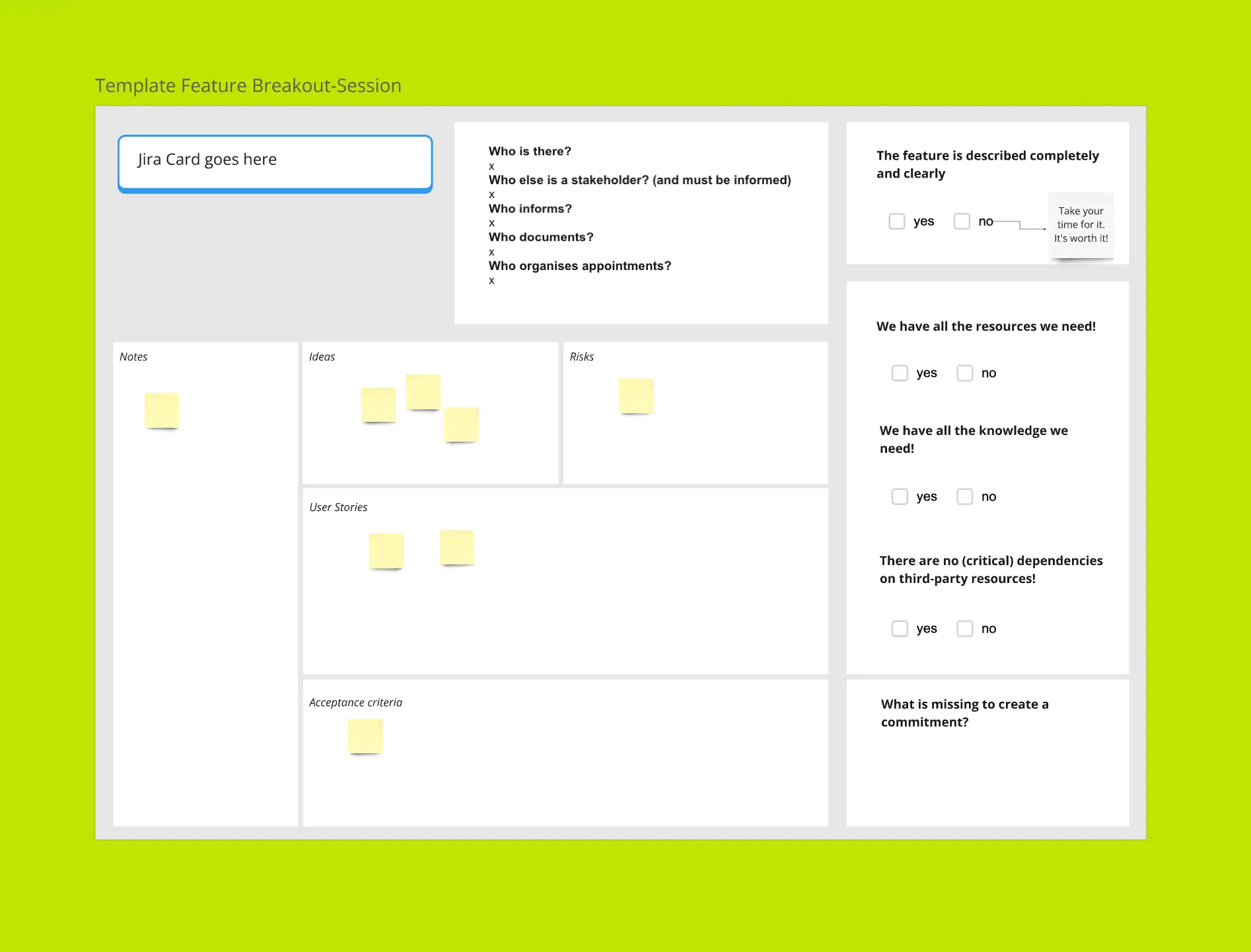Fortune 500 leaders believe that 76% of their teams are NOT doing mission-critical work.
At Seibert, that used to be the case, too. But not anymore. Thanks to our agile strategy process, our teams are working on what matters most.
Our Results in Numbers
Satisfied employees
Countries
Million in Revenue
How did we do it?
After rapid growth in 2023 (+50% headcount), we struggled with unclear direction and disconnected teams. We adopted and customized agile practices to fit the needs of our organization. Every quarter, we re-align our teams with strategic objectives.

Step 1: Goal Setting - Creating clear, transparent direction
The strategy group develops and organizes company-wide goals. These strategic goals generally cover a period of three to five years and are reviewed and validated annually by the strategy circle to ensure continued relevance. Strategic objectives are prepared in the form of OKRs (Objectives and Key Results) and documented in Confluence for company-wide visibility. These high-level goals are purposefully broad to allow business units and teams to set their own objectives in alignment with the overarching strategy.

Step 2: PI Planning - Teams pitch and plan work
Every 3-4 months, we hold a PI (Program Increment) planning session to prioritize work and keep our strategy adaptive. PI planning is an opportunity for teams to commit to work that directly contributes to company goals. Each of the company goals are shared, and teams break down work into epics and features order to accomplish them. This way, individual tasks always ultimately roll up into epics that satisfy company-wide goals set by our strategy circle team.

Step 3: Committing Features - Getting work done
We use Miro to track the strategy epics and actual features being committed. Then, a designated owner is assigned to each epic and feature in Jira, usually the lead of the team that will be executing on the task. After work is planned and committed, it’s up to each team to complete the work they’ve set out for themselves.

Step 4: Retrospective - Gathering feedback and improving our approach
If any features were not able to be completed before the next PI planning session, teams note and plan for including remaining work in the next sprint. We also make time for sharing feedback, and encourage teams to commit to manageable, realistic workloads. We also gather feedback: A confidence rating is taken during planning to gauge how teams feel about their commitments, and a post-PI survey helps refine our approach for the next interval.
Ready to drive strategic alignment on your team?
Get our free, ready-to-use PI planning templates sent directly to your inbox. These templates are stored in Miro for you to easily copy and share with your team.
The Impact of Agile Practices at Seibert
Transparency. Focus. Alignment. These are just buzzwords in many organizations, but at Seibert, they’re our reality—thanks to a commitment to agile strategy development and practice.
Customers who trust us